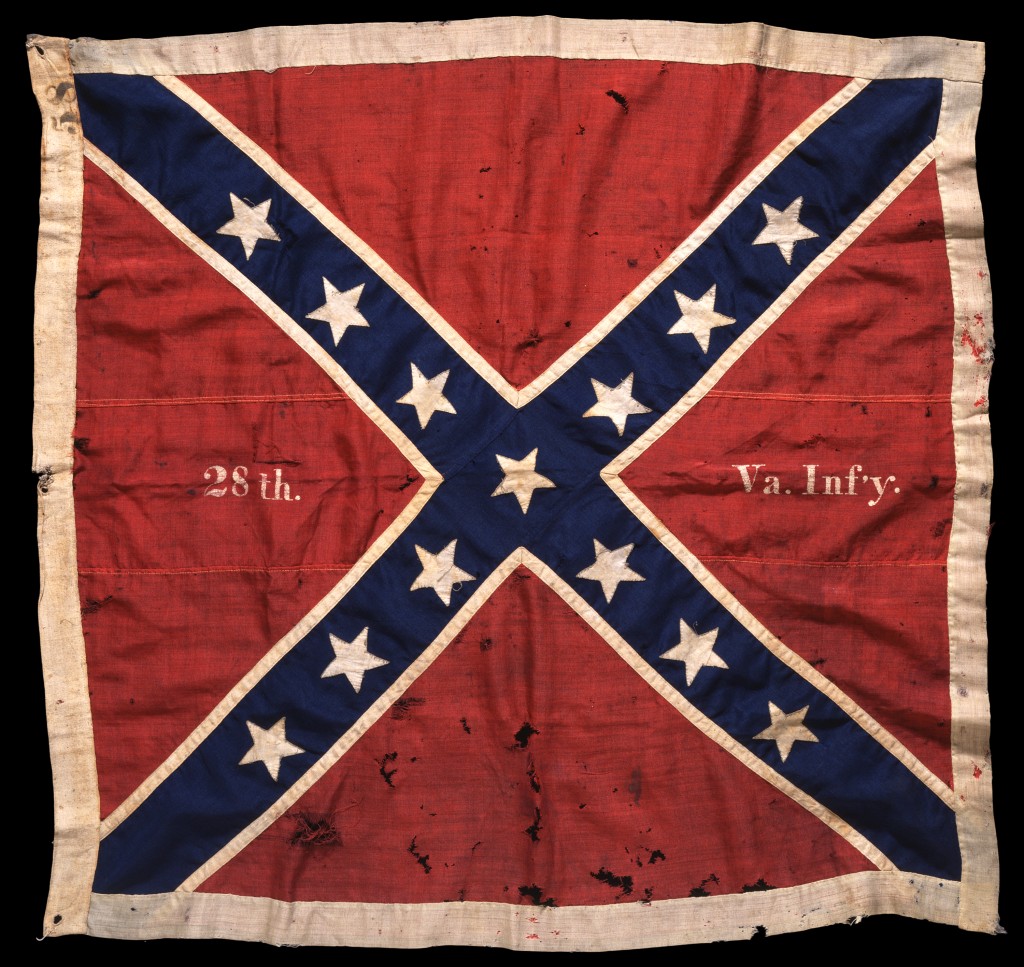When the Civil War began with the surrender of Fort Sumter on April 13, 1861, Minnesota made history by becoming the first state to offer men to fight for the Union cause.
Gov. Alexander Ramsey happened to be in Washington, D.C., when news of Fort Sumter spread, and he quickly offered the U.S. Secretary of War 1,000 Minnesota soldiers.
Men from across the state began signing up to fight, gathering at Fort Snelling to train. Some traveled by wagon, boat and even on foot to reach the fort, like Newton Brown who reported walking barefoot for 65 miles from Watertown to St. Paul to enlist.
The military had decommissioned and sold Fort Snelling in 1858, so Minnesotans worked to return the neglected fort to military operations again, including repairing the original buildings and constructing additional stockyards, stables, barracks and more.
Within a few weeks, 1,009 men had mustered for service at Fort Snelling, becoming the First Minnesota Volunteer Infantry Regiment.

Bull Run and Antietam
By July 21, the First Minnesota fought in one of war’s earliest battles, the First Battle of Bull Run near Manassas, Virginia, losing 42 men with more than 100 wounded and 30 missing. Even though the Confederates forced the Union side to retreat with an estimated 3,000 casualties, Christopher Heffelfinger, a member of the First Minnesota, wrote to his sister, “The men fought like tigers.”
The First Minnesota spent much of the next six months on picket duty guarding Union forces while at Camp Stone near Edward’s Ferry, Maryland. In March 1862, the First Minnesota forces took possession of Berryville, Virginia, including memorably using the local newspaper office to create a few issues of their own newspaper for the regiment.
Sgt. William Lochren wrote: “It was filled with a rollicking mixture of humor and patriotism, jibes upon the runaway editor … and fleeing ‘secesh,’ and good advice to the inhabitants, which they were unlikely to profit by.” (Secesh was short for secessionist, a supporter of the Confederacy.)
By September 1862, the First Minnesota found themselves in the bloodiest battle of the entire Civil War — The Battle of Antietam in Maryland. More than 22,000 men on both sides died or were wounded — and the Minnesota force was no exception. Of the 435 men fighting at Antietam, more than one in four of the First Minnesota died, were injured or were reported missing by the battle’s end.
“If the horrors of war cannot be seen on this battlefield, they can’t be seen anywhere,” wrote Charles Goddard of Winona, one of the survivors, in a letter to his mother.

Gettysburg
The First Minnesota is most well-known for its stand at the Battle of Gettysburg in early July 1863. The unit helped hold the Union line — even though they were outnumbered three or four to one — and helped repel Pickett’s Charge, which effectively ended the battle.
During the fighting, St. Paul’s Marshall Sherman captured a Confederate battle flag (below) of the 28th Virginia Volunteer Infantry Regiment and was awarded the Medal of Honor as a result. The flag is part of Minnesota Historical Society’s collections today.

The First Minnesota, however, also suffered heavy losses with hundreds dead or wounded, and the unit was nearly destroyed.
“What was left of the regiment — 47 men who had not been hit,” wrote James A. Wright, an orderly sergeant. “There were a flood of inquiries about the missing ones. The answers left no doubts in our minds of the awful calamity that had befallen the regiment.”
The remaining First Minnesota soldiers participated in a few more battles, but in early February 1864, the men’s three-year enlistment was up. Records show that 309 men and 16 officers returned to Minnesota, and their homecoming was greeted by celebrations in towns like Winona, Hastings and Red Wing.
They also received a huge reception in St. Paul. The St. Paul Pioneer newspaper wrote: “The windows all along the way were occupied by ladies whose waving handkerchiefs looked like broad lines of white down the streets. The procession itself was half hidden in floating flags and banners.”
The regiment was officially dismissed from service at Fort Snelling on April 28, 1864, and some of the men went on to reenlist and continue fighting for the Union.
By the end of the Civil War, about 25,000 soldiers from Minnesota had fought in 21 military units.
Today Historic Fort Snelling is a Minnesota Historical Society historic site where visitors can learn 10,000 years of history at the confluence of the Mississippi and Minnesota rivers, including the area’s military history spanning from the 1820s through World War II.
Lauren Peck is a media relations and social media associate for the Minnesota Historical Society.

